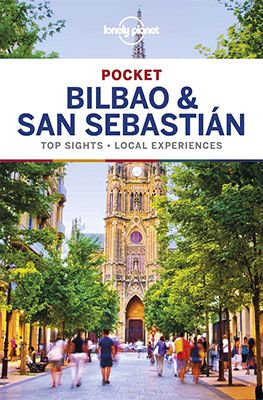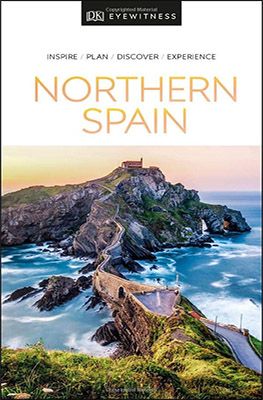Bilbao and San Sebastián in rugged Spanish Basque Country
Spanish Basque Country is the autonomous region on the Atlantic Ocean, bordering France and Navarre in the east, Cantabria and the province of Burgos in the west, and La Rioja in the south. In our eyes, this beautiful, rugged country consists of three different areas. The far north, where you will find the cities of Bilbao and San Sebastián, is mountainous and green. The highest mountain, located in the Aizkorri massif, is 1551 metres high. The other areas are the relatively dry Rioja Álavesa (Ebro Valley) and the Llanada Alavesa, an area between two mountain ranges in with the capital Vitoria-Gasteiz.
The region is one of the most prominent gastronomic destinations in the world. Especially the cities of San Sebastián, Hondarribia and Bilbao are highly regarded in this area. A typical dish in Spanish Basque Country and Navarre are the so-called pintxos (pinchos), a kind of Basque tapas but then skewered on bread for example. These ‘social snacks’, served with a glass of white wine or beer, are considered the cornerstone of local culture.
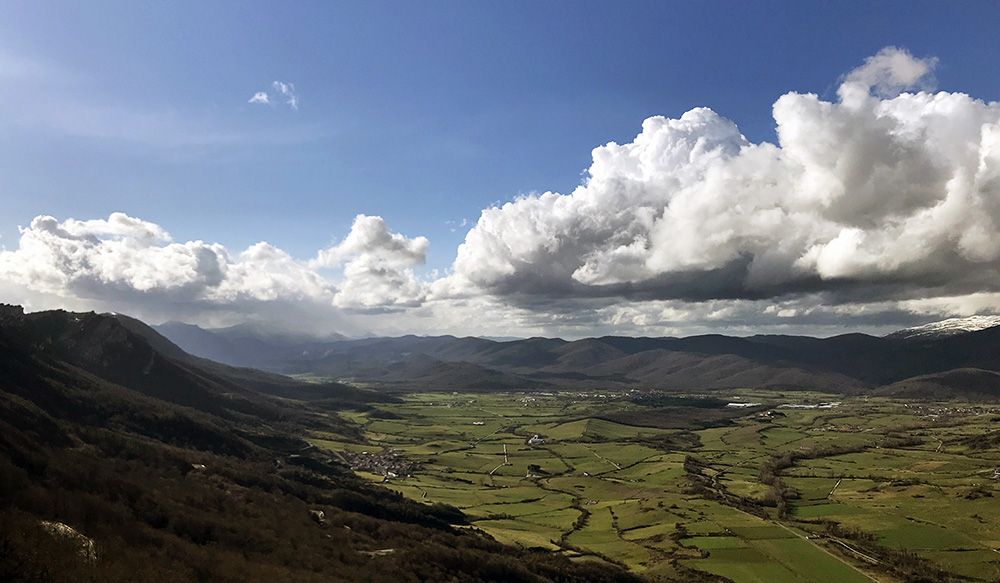
City trips to Spanish Basque Country
In our opinion, this part of Spain is perfect for a few city trips during a weekend break. If you want to combine several cities, take some more time than just a (long) weekend.
Bilbao
Bilbao, the capital of the province of Biscay, founded in 1300, is the largest city and also the economic and industrial centre of the Spanish Basque Country. Since the 1990s, the city council has done a lot to make the city an attractive city for tourists. Since then the city, apart from the beautiful and particularly cosy, old town (Casco Viejo), the famous Museo Guggenheim Bilbao and the Palacio Euskalduna, offers a concert and events hall. Many pedestrian paths, parks, underground parking and a metro line have also been constructed.
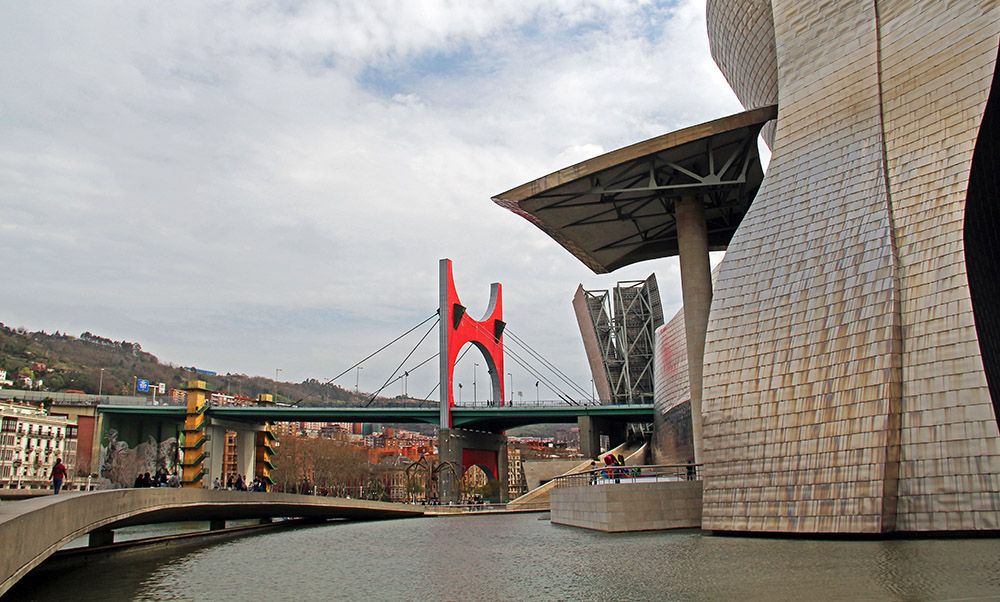
In Bilbao, you will find many museums, including a museum dedicated to bullfighting, and beautiful, old churches. There is the Santiago Cathedral and the Gothic Iglesia de San Antón from 1422 built on the ruins of an alcázar (fortress). The latter can be found in the shield of the city. Another church you should not miss is the Basilica de Begoña. Built in the 16th century, this pilgrimage church offers a beautiful view of Bilbao. You can reach the basilica in 20 minutes on foot. Besides museums and churches, there are, both in the old city and just outside it, beautiful (old) squares and parks.
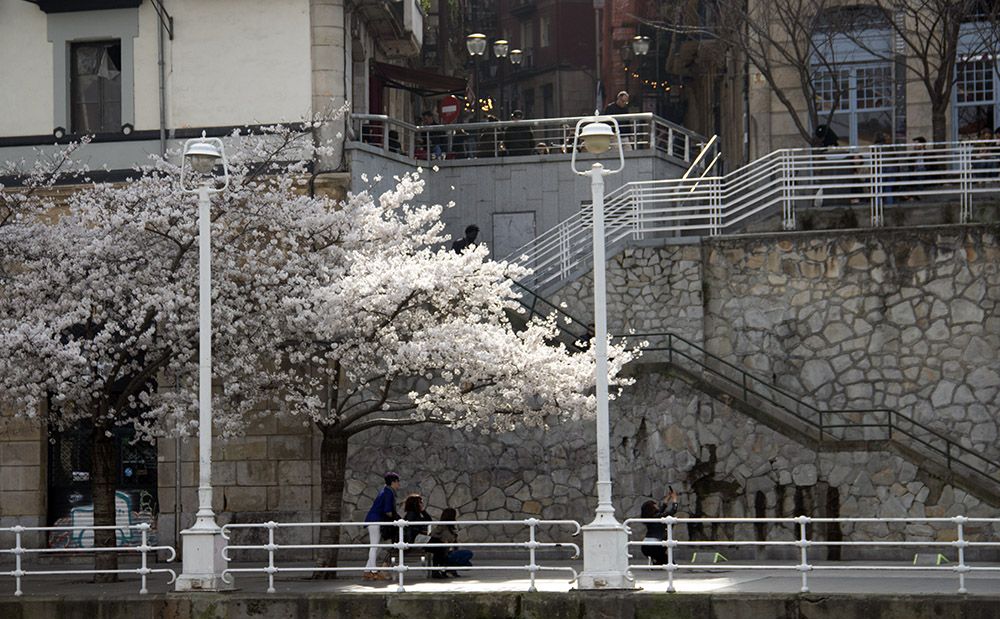
For us the city was a very nice destination for a city trip. We walked a lot and sat on terraces to enjoy the delicious pintxos and locally brewed beers. Especially the seven streets of Casco Viejo are very interesting to walk through. Don’t forget to take Mallona’s stairs from Plaza Unamuno to Etxebarria Park for a fantastic view. Or take the funicular (cable car) to the viewpoint of Artxanda for a nice view over Bilbao. In summer, you can also attend an open-air concert at Kiosko del Arenal, a park opposite Plaza Arriaga.
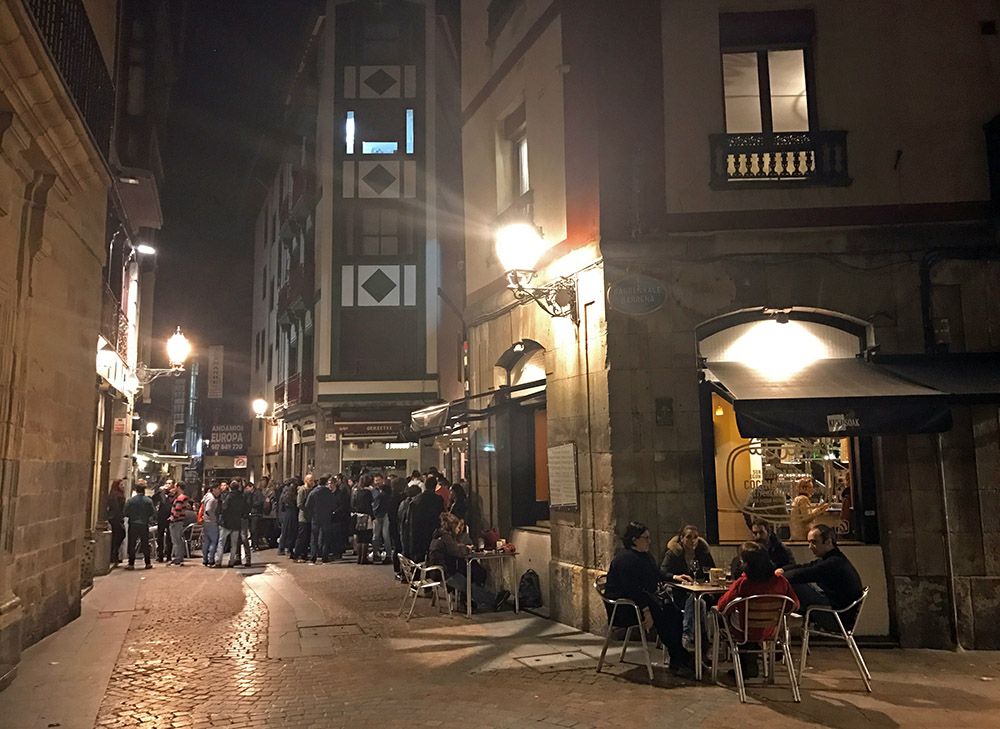
San Sebastián
San Sebastián is a nice, cosy old town with fantastic views over a beautiful bay, many fish restaurants and thousands of pintxos bars. The city has one of the best beaches in Europe, the centre of which is directly on the sea. It is a nice sight to see many surfers in the surf right next to the historic buildings.
San Sebastián is an expensive city to park your car. Better to park your car outside the city and then take the bus to the centre. The rest you can do on foot or by cycling. There are many bike paths and renting a bike costs only about €15 per day.
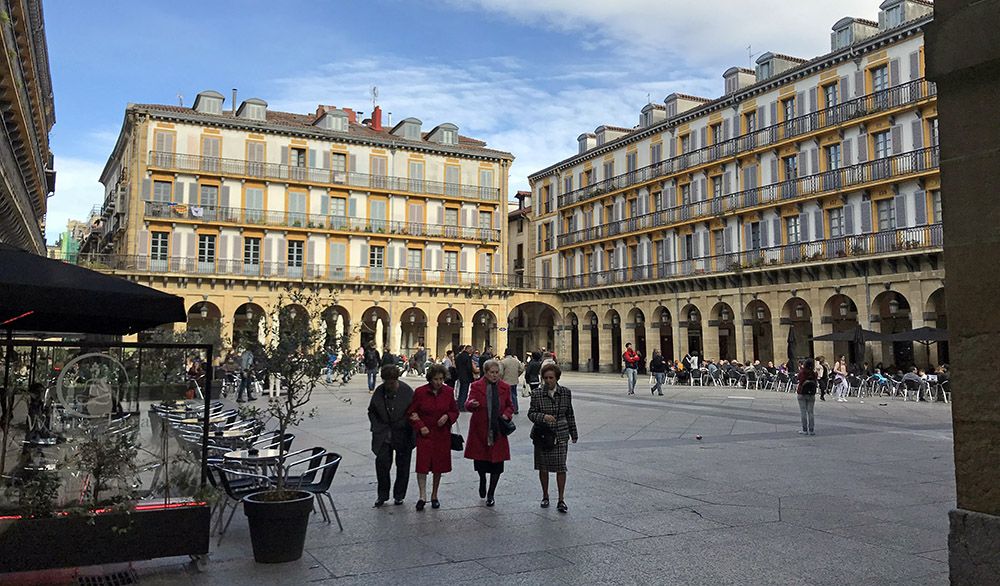
There is plenty to do in the immediate vicinity of the town. Besides cycling, surfing, sunbathing and swimming you can do some beautiful walks. Go for a short, easy walk, for example, to the statue of Christ on top of Monte Urgull, a hill between the two main beaches. If you walk slowly and, on the way call in at the little bar, you take about an hour to reach the top.
For a slightly longer walk, you could climb Monte Igueldo, which is at the western end of the bay. Here, you have a beautiful view of the ocean, the harbour, the bay, the city, Monte Urgull and a lighthouse. Also important: here you have a terrace in the sun where you can get a delicious glass of white wine and some pintxos.
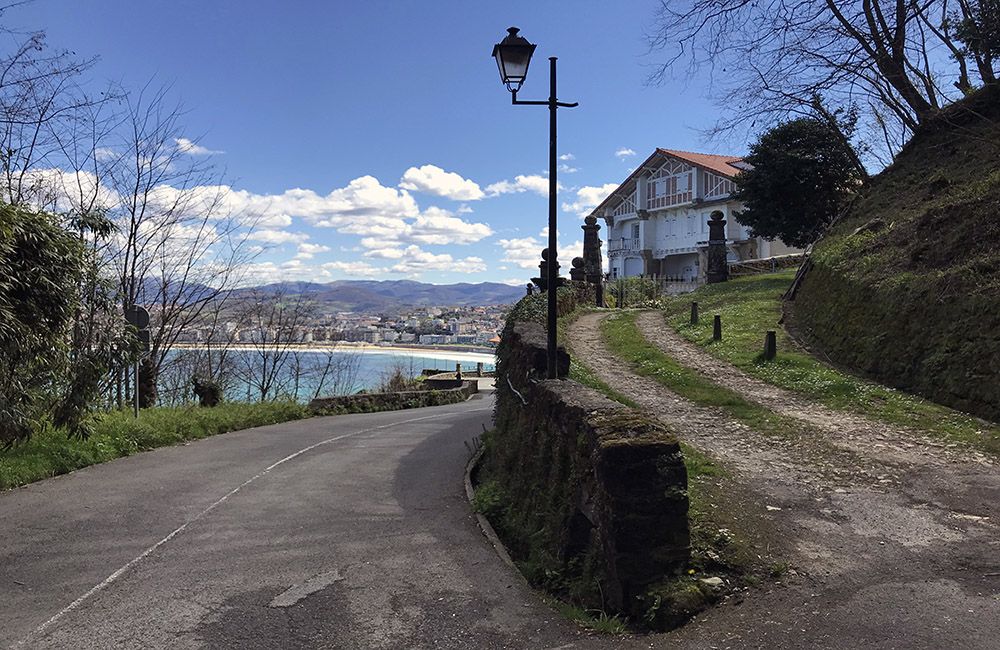
Other interesting cities in Spanish Basque Country
In the Spanish Basque Country, you will find many more interesting, beautiful and historic towns that are well worth a visit, besides Bilbao and San Sebastián. We will mention some of them.
Hondarribia
Hondarribia is a fishing village on the bay of Txingudi, near the border with France. It is the last remaining walled city in Guipúzcoa, the smallest province in Spain. Hondarribia was founded in the time of the Romans and has since had a tumultuous past of repeated siege by armies from either France or Navarre.
If you have the opportunity to visit this town, then go to the old town, where on the main street you will find, next to many interesting historic buildings, the palace of Casadevante. Another area worth visiting is Portua thanks to its colourful fishing houses. However, besides the two districts mentioned, the beach of Hondarribia, the harbours, the lighthouse and the hilly surroundings are also attractive enough to spend a day here.
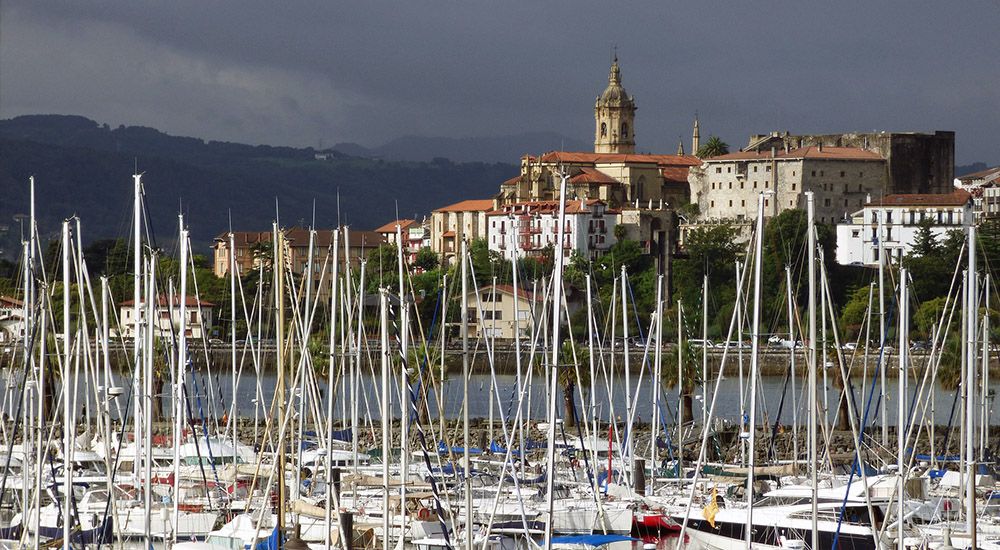
Laguardia
The capital of the Rioja Alavesa region, one of Spain’s most famous wine regions, is Laguardia. It is a hilltop, small, walled-in town with a very rich historical past. The streets and surroundings of Laguardia exude a medieval atmosphere that gives the city an ancient touch. You even have an important archaeological site from the pre-Roman era with megalithic tombs.
If you are in the area, visit not only the many wineries, but also the town. Just the two-metre-high stone walls around the city are impressive. There are five gates that give access to the city. Within the walls, you find some beautiful old churches and the beautiful Plaza Mayor with the old and new town halls.
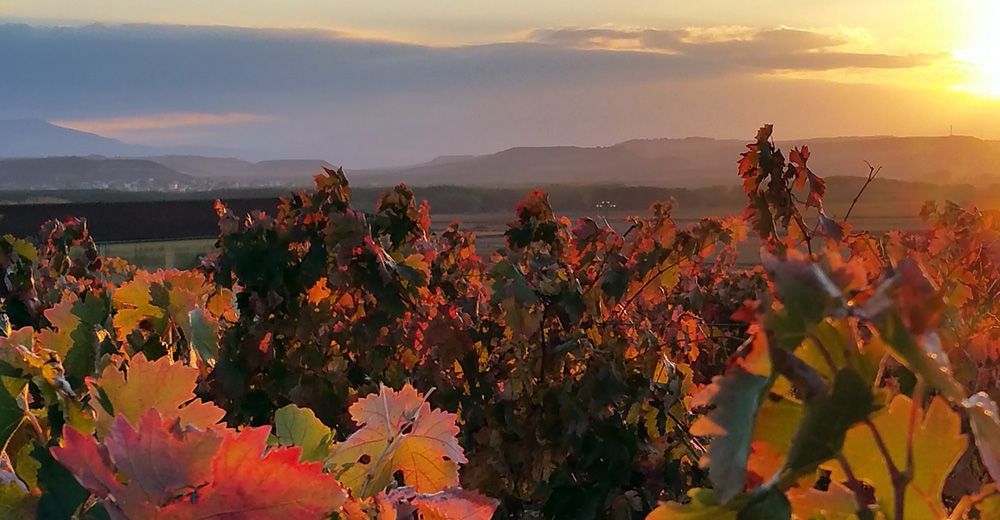
Pamplona
Capital of the Navarre region is the green city of Pamplona, also known in Basque as Iruña. It is a charming, not too big city with a beautiful medieval centre, several museums, an impressive citadel, fantastic restaurants, excellent wines, nice cafés and bars, as well as many parks where you can go for a walk. In addition, the city is the first important city on the Camino de Santiago, the 780-km-long pilgrimage route to Santiago de Compostela.
During Sanfermines, the annual festival in the first half of July in honour of Saint San Fermín, the quiet town changes into a busy (and expensive) place where a lot of alcohol is drunk, a lot of music is played and a lot of dancing is done. From 6:00 am you have to look for a good, safe place to watch the bulls from as they run through the streets after 8:00 am. These bull runs have been held since the end of the 16th century. Every year the bull runs can count on about half a million visitors. They regularly have serious injuries and even fatalities. Recently the bull runs have become the subject of international social discussion. The bulls are driven via the narrow streets to the arena where they are killed during bullfights.
Practical matters
Accommodation
In Spanish Basque Country you will find sufficient accommodation. Please note, however, that an overnight stay in a hotel in cities such as San Sebastián and Pamplona, regardless of the season, costs significantly more than in comparable hotels in other parts of Spain! Find accommodation in Bilbao, Hondarribia, Laguardia, Pamplona or San Sebastián.
Transport within the region
The cities we have described in this blog are all small enough to be fully explored on foot or by public transport. Thanks to the excellent rail network, you can also travel from one city to another cheaply and easily. The total 4.5-hour ride from Bilbao to Pamplona costs less than €10! In short, if you have the time then this part of Spain is also easy to travel without a (rental) car.
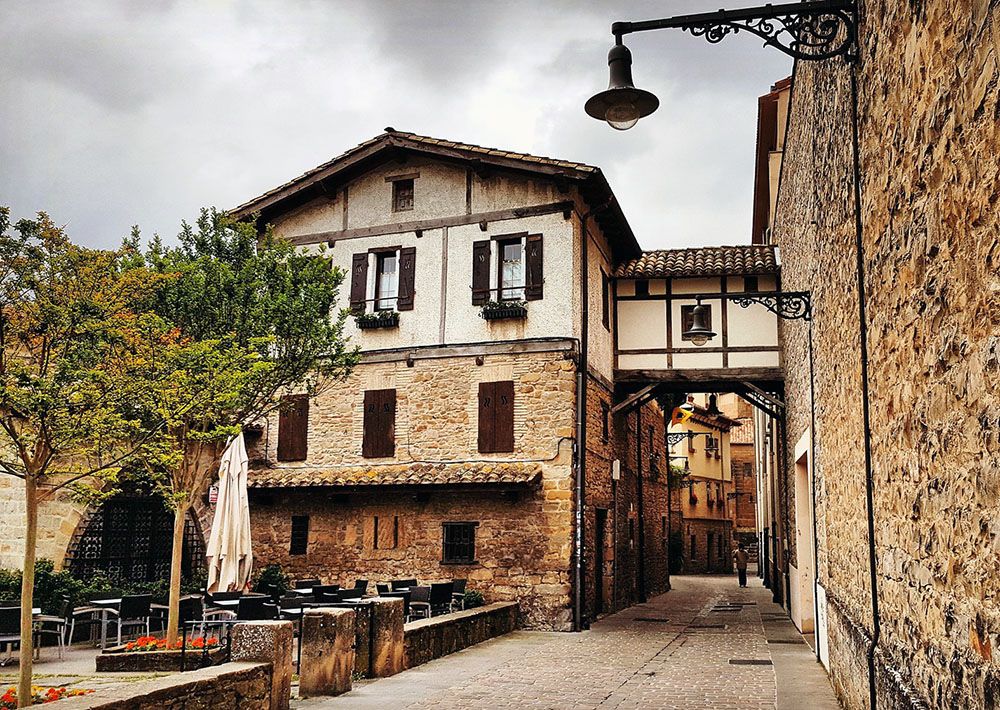
Best time to visit the Basque country of Spain
The three different areas in the Spanish Basque Country have different best travel times. The coast is under the influence of the Atlantic Ocean. You have mild summers and winters, and relatively a lot of rainfall. The weather is very difficult to predict. Our advice is therefore, not to worry too much about the predictions when booking your trip. We have been there twice in early spring and had excellent temperatures of around 15 degrees. The first time it was quite fresh but sunny. The last time was warmer but we drove the car south for a day to get some extra sun. Statistically, in the months June to October but also in March, the least rain falls.
The other two areas in the Spanish Basque Country have a more continental climate with cold(er) winters and warm to hot summers. Best travel months are from April to October. In the summer months it is not only dry but it can also be very hot.
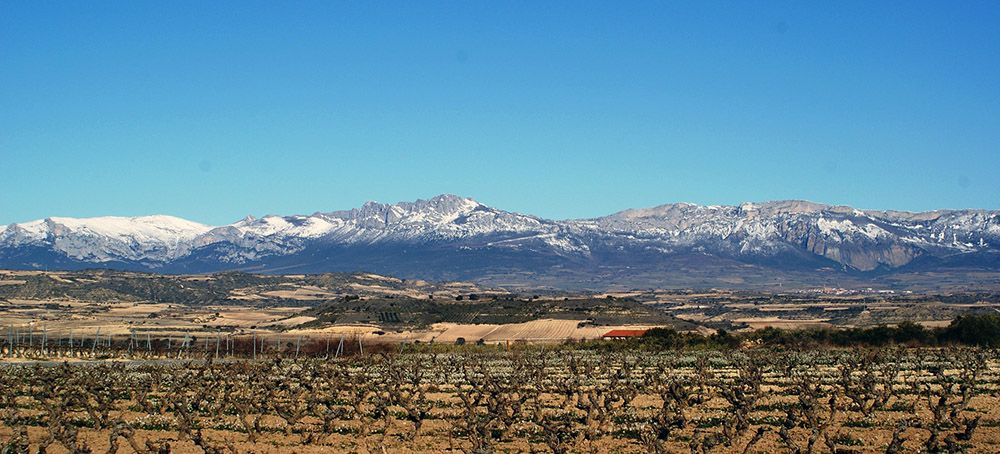
Travel advice
The Basques have a stormy relationship with Spain. For many years, ETA (Euskadi Ta Askatasuna – Basque Separation Movement) fought a violent struggle to make the Spanish Basque country an independent, socialist Basque state. The organisation announced a permanent ceasefire at the end of March 2006. Since then, it has sometimes been restless, especially outside the Spanish Basque Country. In 2007, two people were killed at Madrid airport because of a car bomb. In the summer of 2009, two bombs exploded in Burgos and Palma de Mallorca.
We have been in the region twice in recent years and have never felt unsafe. However, stay alert and follow the latest developments via the government website.

